There is a need to review the calendar system used in Vedic astrology and to set the standards for the right calendar to be followed in this regard. There have been various calendar reform committees set up in various forum, yet there has not been any consensus as deep inside they realize that some vital point is being missed out. The calendar being followed by the Indian Government, is widely off the mark as it just blindly superimposes a lunar calendar on a solar calendar! Without trying to harmonise them as had been originally done by the Vedic Seers. The Rashtriya Panchang, although correct in its delineation of the planetary positions, (uses Lahiri’s Ayanamsa, that is the closest to the truth so far) does not address this issue.
 Facts
Facts
Second- 1/86,400 of a day
Ephemeris Second- 1/31,556,925.9747 of a tropical year
Atomic Second- oscillations of cesium atom= 9,192,631,770
Sidereal Day- 23H 56M 4.09S
Lunar Month- 29.53059 days
Lunar Months in a Solar Year- 12.36827
Sidereal Month (time moon around earth)- 27D 7H 43M 11.5S
Synodical Month (new moon to new moon or full moon to full moon)- 29D 12H 44M 3S = 29.53059D
Tropical Year- 365D 5H 48M 46.43S = 365.2422D
Sidereal Year- 365D 6H 9M 9.5S = 365.2564D
Solar Year- 365.2422 days
Obliquity of the Ecliptic (angle of ecliptic and Celestial Equator)- 23 degrees 27′
Tropics- 23 degrees 27′ (Ant)Arctic- 66 degrees 30′
Canonical Hours: Catholic- prime(one)=6AM, tierce(three)=9AM, sext(six)=Noon, none(nine)=3PM
Saros Period (eclipses repeat)- 18 years 11 1/3 days
Metonic Cycle (aligning Lunar calendar to Saros period)
Sothic Cycle (Sirius’s heliacal rising period)- 1461 years
Julian Cycle (Lunar months, Saros period, etc align)- 7980 years
Precession of the Equinoxes- 25,800 years
Julian Day/Astronomical Day= # of days since Julian cycle started
1 year = 365 days = 8760 hours = 525,600 minutes = 31,536,000 seconds
360 degrees/24 hours=15 degrees/1 hour=1 degree/4 minutes
Names of months are Roman gods
Names of days are Teutonic deities (Norse gods)- Moon, Tiw, Woden, Thor, Fria, Saturn-Roman, Sun
“PZT”= Photographic Zenith Tube- can determine spinning of the earth to 1 second
Master Clock- vibrations of cesium atoms / 24 hours by PZT sightings- atomic clocks
Universal Time (UTO) is the equivalent to mean solar time at Greenwich Meridian
Universal Coordinate Time (UTC) is the average of several atomic time scales
The equation of time equals the difference between apparent and mean time.
The whole world has the same day when the international date line is at midnight.
June 21- summer solstice- longer days
December 21- winter solstice- shorter days
September 23- autumnal equinox
March 20- vernal equinox- night and day equal
Sun & Moon movements
The Saura[1] Varsha or the solar year has been precisely measured as equal to 365.2421896698 days long, although it is gradually becoming shorter by about half a second per century. This movement of the Sun around the zodiac (or movement of the earth around the Sun) is the primary model on which the lunar movement has to be superimposed.
The movement of the Moon in the zodiac can be measured by two methods –
- The movement around the zodiac considered independently, which is approximately 27 days and 7 ¾ hours. Based on this, the zodiac of 3600 was divided into 27 Nakshatra, (each 130 20’ of arc). Each Nakshatra was identified with a star, (or star cluster) and derived its name from it. The 7-¾ hour shortfall in a sidereal lunar transit was made up by a short-span intercalary (hypothetical) Nakshatra called Abhijit. The span of Abhijit is determined proportionally as (7h 38min / 24 hrs) x 130 20’ = 40 14’ 13″. This span is from 2760 40’ to 2800 54″ 13″ overlapping the 21st Nakshatra (Uttarasadha).
- The relative motion between the Sun and the Moon from one conjunction to another (or from one opposition to another) defines the Lunar Month (Chandra Masa). This period is 29.5305888531 days long, but getting longer by a fiftieth of a second per century. Thus, there are 12.36826639275 lunar months in a tropical year. We can use various types of approximation to synchronize these two periods of the Sun & Moon i.e. the Solar Year and the Lunar Month.
The history of the calendar is the attempt of various astronomers, astrologers, priests and mathematicians to perform the ultimate magic of synchronizing the Solar and Lunar periods. There is also the constant attempt to tinker with the solar calendar itself to have perfect months. This is a separate issue which we shall discuss as we study the history of the calendar.
Varahamihira recommends Suklanta: lunar months initiated from the end of the bright fortnight.
Ancient calendars were based on lunar months, but in order to keep the calendar in step with the seasons, it was necessary to insert extra months, because 12 lunar months are 10.8751234326 days short of a tropical year. The point to be noted is that the Vedic astrology paradigm uses the sidereal zodiac where the relative motion of the solar system itself, in this universe is noted and its precession has been measured @ 50.23 seconds of arc per year. This translates into an additional 20 minutes of time in a solar year.
The Vedic Calendar is the oldest and tries to cover this shortfall of 10.87 days between 12 lunar months and a year by interpolating an extra month every third year called he Adhika Masa. Since the names of the months[2] were based on the Nakshatra position of the Full Moon, I have every reason to believe that the months were initiated from the end of the full Moon called Poornima (when the Satya Narayana Vrata is performed and a person promises to abide by Dharma and be truthful). This Vedic calendar called ‘Suklanta’ is in vogue even today in some parts of Punjab and Orissa, although the later period New Moon calendar has become popular. These divergent views of reckoning of the starting of the Lunar Month are called as Amanta (i.e. Amavasya + Anta or the end of Amavasya the last day in the dark half) and Suklanta (i.e. the end of Sukla Paksha as the starting point of the Lunar Month). Yavanacharya (called Yavanas) preferred the Amanta method[3] of reckoning Lunar Months, whereas Varahamihira who followed the ancient Maharishi’s and was no less than a Maharishi himself, followed the Suklanta. Thus, I would prefer to follow Varahamihira and believe that this must have been the correct method of reckoning the Lunar Months.
This was the first approximation and had an inbuilt error of 3.095 days in every 3 years that would tend to shift the seasons back by as much time. This inbuilt error can be rectified by having another Adhika Masa every 30 years i.e. every 30th year has two Adhika Masa (leaves an error of about 1.417 days in 30 years) and yet another every 625 years (i.e. every 625th year has 3 Adhika Masa).
Saturn’s years & Metonic cycle
Around 432 B.C., Meton of Athens noticed that 235 lunar months were almost exactly equal to 19 tropical years and proposed a 19-year cycle of intercalation. This is the same as the dasa period of 19 years for Saturn. We know that Saturn has Brahma the creator as its deity and that the entire creation process evolves on the mutual relation between the Sun (representing the father) and the Moon (representing the Mother). Thus, it may not be too far fetched to say that the Vedic seers were well aware of this Metonic cycle of 19 years where the relative periods of the Solar Year and the Lunar month matched. They referred to this as the cycle of creation and attributed the period to Saturn.
 The Eclipse factor & Gaurabda
The Eclipse factor & Gaurabda
The basic difference between the two methods of reckoning of Lunar Month is based on the eclipse. It is well known that the solar eclipse occurs only at a new Moon, as the Moon passes between the Earth and the Sun, casting its shadow toward the Earth whereas the lunar eclipse occurs only at the Full Moon as the earths shadow falls on the Moon. The fact that the birth of Sri Gauranga (Sri Chaitanya Mahaprabhu) is used as the starting of a spiritual calendar called the Gaurabda shows that the Full Moon (i.e. Suklanta) was used to determine the lunar month. Further, Sri Chaitanya was born during a lunar eclipse.
Eclipses do not occur in every month, due to the fact that the shadow cast by the Moon (Solar eclipse) or the earth (lunar eclipse) passes over the Earth/Moon respectively. This pass over is caused as the Moons orbit is tilted to the earths orbit (called the ecliptic) by 5 degrees. The points of intersection of the lunar orbit on the ecliptic are called Rahu (the ascending Node) and Ketu (the descending Node). Only at those times when the new Moon is near one of its nodes can an eclipse occur. Thus, when the new Moon appears within 18-3/4 days before or after the alignment of a node, a solar eclipse will take place. This creates a 37 &1/2-day time frame for eclipses, called an eclipse season, indicating the conditions being favorable for an eclipse to occur.
The nodes of the lunar orbit are gradually shifting their orientation in space and moving in a retrograde manner leading to a shift in successive annual eclipses by 18.62 days. Thus, the eclipse year is about 346.62 days (i.e. 365.24 – 18.62 = 346.62 days). Now, the synodic month (called Masa) does not match this period. However the ancient Vedic seers had known that in about every 18 years cycle this does fall in place . Thus, a period of 18 years 11-1/3 days (or 18 years 10-1/3 days if five February 29ths fall within the period), Saros cycle coincides closely with 19 eclipse years: 223 synodic months (29.5306 days) = 6,585.32 days and 19 eclipse years (346.6200 days) = 6,585.78 days. This is the period of Rahu in Vimsottari Dasa and it was apt to give this period to Rahu, the ascending node that causes the eclipse of the luminaries.
The paths of the solar eclipse (shadow on earth) gradually widen as they shift to more northerly latitudes in every successive eclipse. The longitude for each successive eclipse in the series shifts to the west by about 120 degrees. The Solar eclipse has a profound impact on geo-politics. The areas traversed by the Umbra are normally those where political upheavals are definitely going to occur, although this may not be immediate. For example, the death of Herod the evil king and child slayer occurred close to an eclipse that is used to time the birth of Christ as occurring before that period. As another example, we see that the Moon’s umbra never passed over the city of London during a period of 837 years between consecutive total solar eclipses in the years 878 and 1715. During this period the British Royalty was at its height. I finish here for the Jyotish Pundits to do their research.
___________________________________________________
[1] Saura is derived from the word Sura or Surya
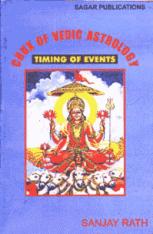
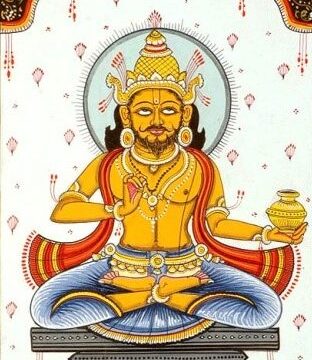
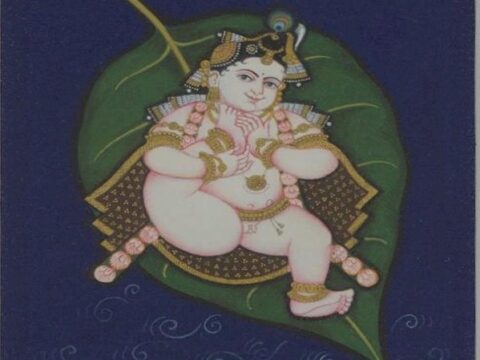


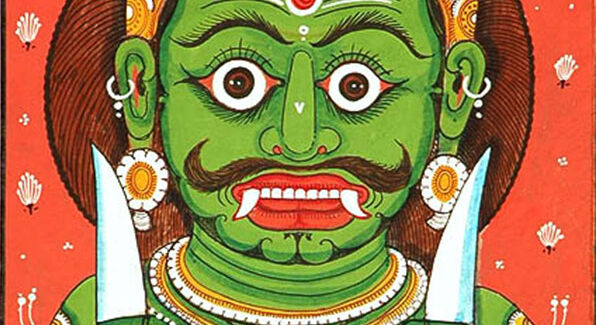
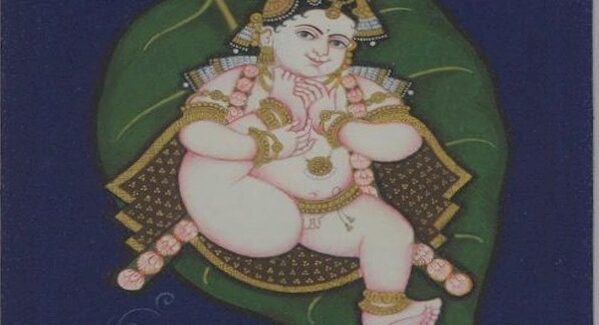
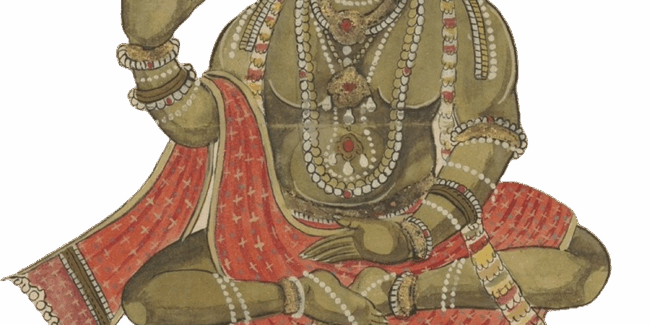
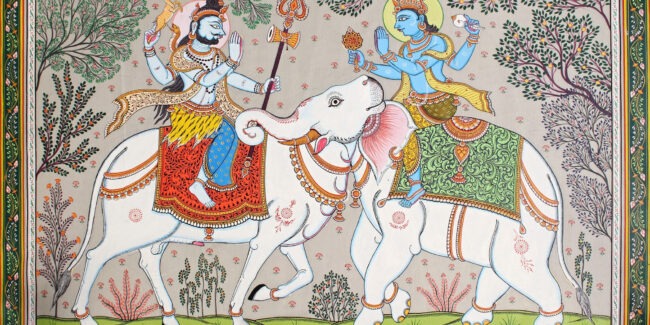
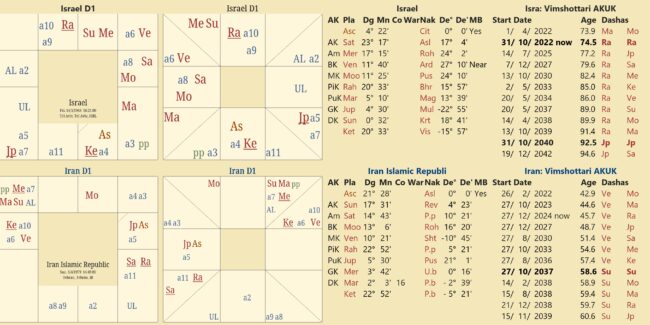
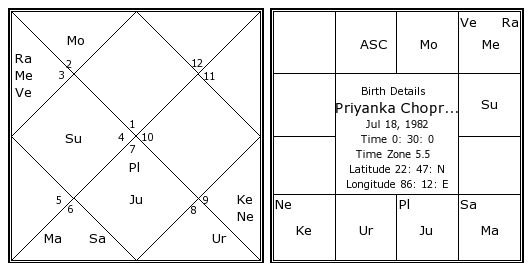
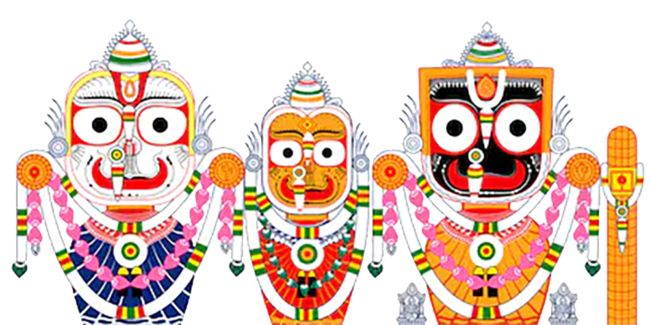

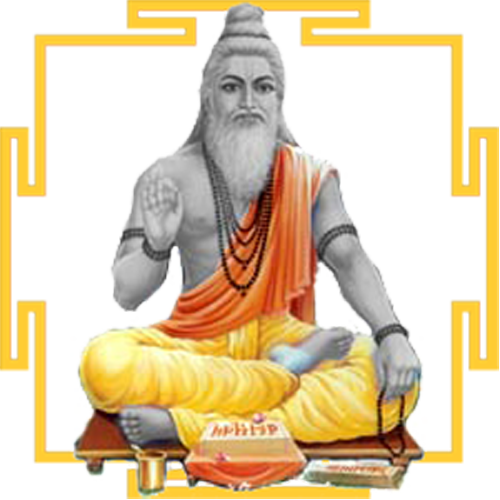 DBC offers online courses in jyotish (Vedic Astrology) taught directly by Sanjay Rath as per the tradition, through narrated power points and other audio tools. The courses are at different levels, from the beginners through the intermediate to the advanced and are known as SoHamsa | DBC courses, with individual classrooms and assistant teachers
DBC offers online courses in jyotish (Vedic Astrology) taught directly by Sanjay Rath as per the tradition, through narrated power points and other audio tools. The courses are at different levels, from the beginners through the intermediate to the advanced and are known as SoHamsa | DBC courses, with individual classrooms and assistant teachers
 Sagittarius Publications is the publisher and distributor the popular quaterly magazine the Jyotish Digest, as well as many thorough books on the subject of Vedic Astrology or Jyotish.
Sagittarius Publications is the publisher and distributor the popular quaterly magazine the Jyotish Digest, as well as many thorough books on the subject of Vedic Astrology or Jyotish.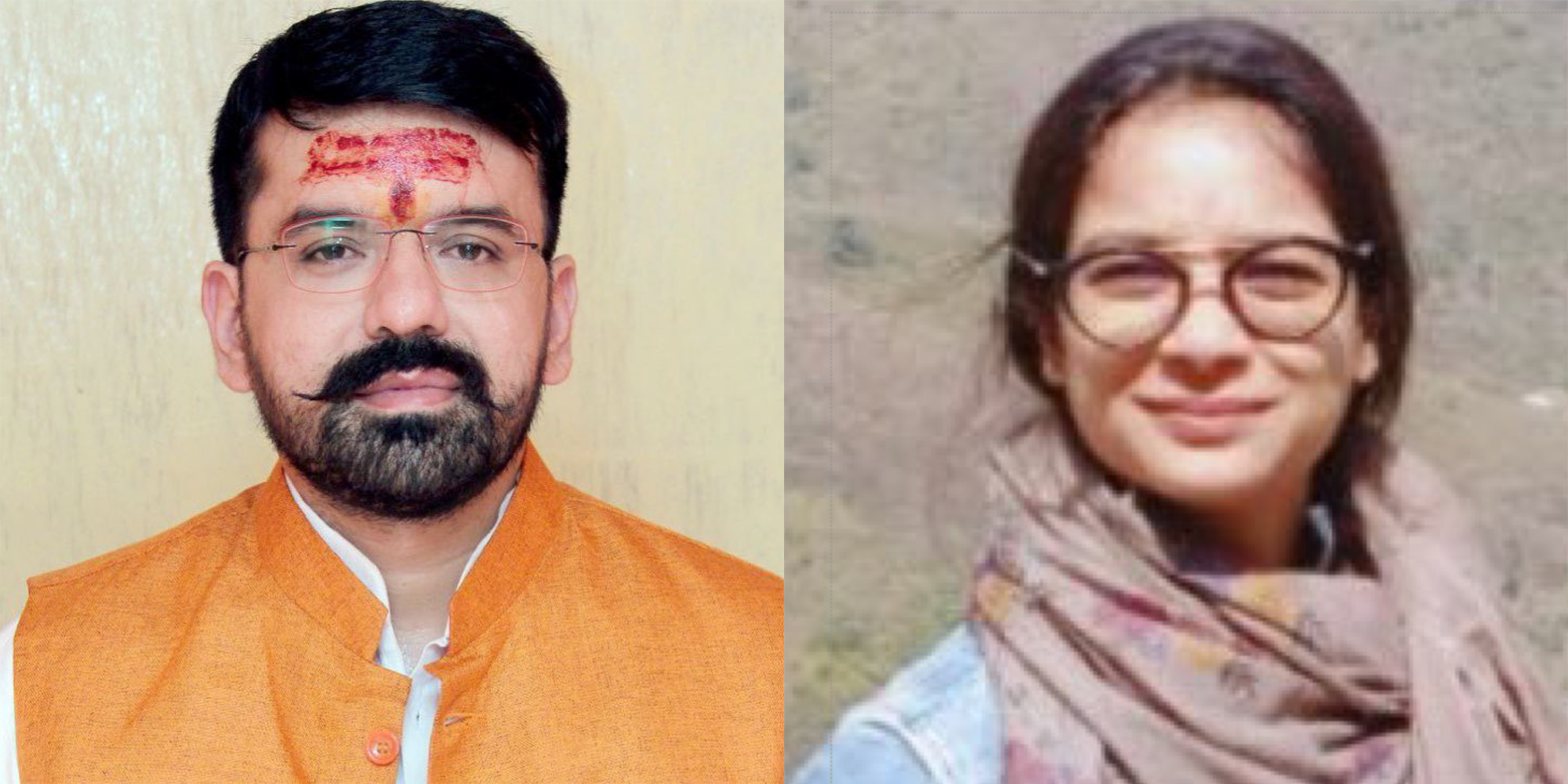 We have an excellent pandit Divākar ‘Deva’ Mishra, who is from the priests of Vindhyāvāsini Siddha Pīṭha to guide you through the hundreds of temples of Kāśi [Varanasi] and neighbouring regions. He can organise your pūjā, keep you safe and take care. He is supported by an English-speaking well-travelled spouse ‘Supriya Mishra’. Please contact them directly for any services, remedial pūjā and tours. They handled the 60+ member Kāśi Jyotiṣa Group 2022.
We have an excellent pandit Divākar ‘Deva’ Mishra, who is from the priests of Vindhyāvāsini Siddha Pīṭha to guide you through the hundreds of temples of Kāśi [Varanasi] and neighbouring regions. He can organise your pūjā, keep you safe and take care. He is supported by an English-speaking well-travelled spouse ‘Supriya Mishra’. Please contact them directly for any services, remedial pūjā and tours. They handled the 60+ member Kāśi Jyotiṣa Group 2022.
Would be great if you could write about day naming (Sunday,Monday etc) It is true that there is a calculation method for day naming mentioned in Surya Siddhanta but the accuracy of this depends on the Kili Yoga epoch (which is currently believed as February 3102BC) But this epoch is still doubtful.